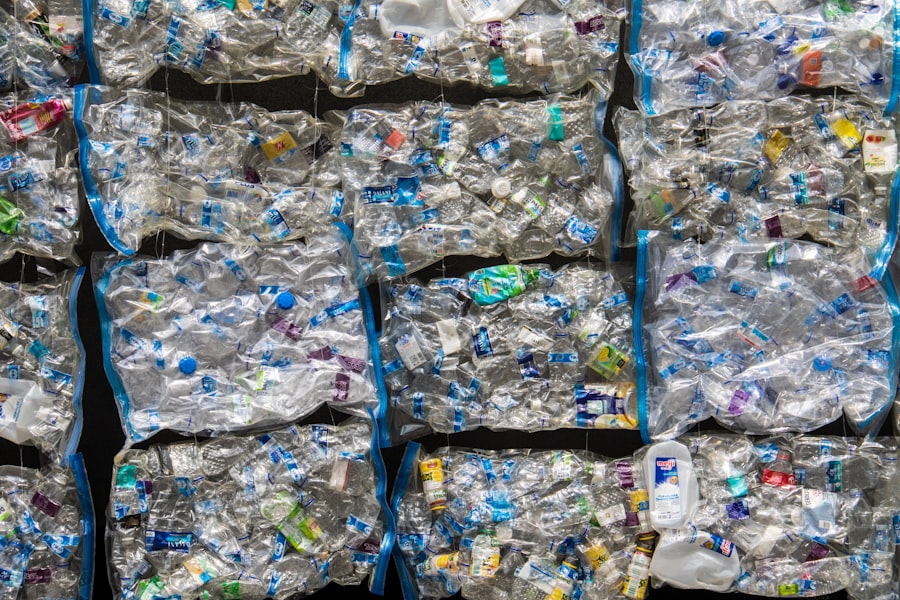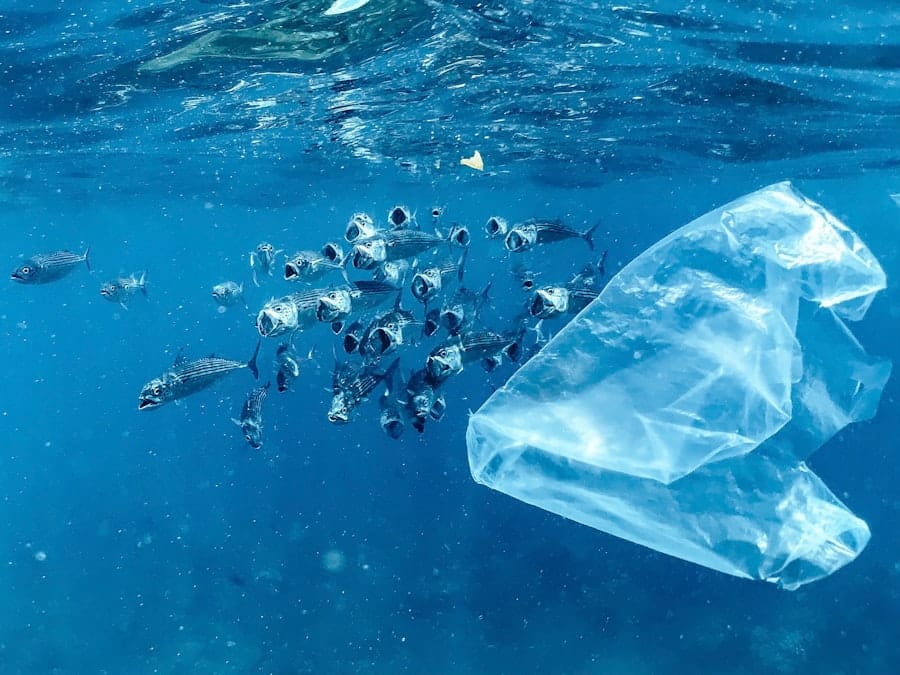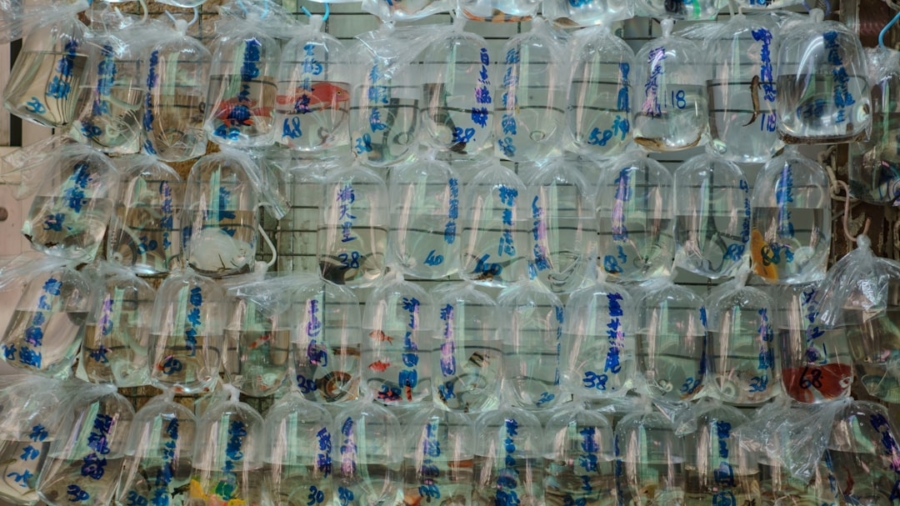The increasing awareness of environmental issues has catalyzed a significant shift in the packaging industry, leading to the rise of biodegradable plastics as a viable alternative to traditional petroleum-based plastics. As global plastic pollution reaches alarming levels, with millions of tons of plastic waste entering oceans and landfills each year, the demand for sustainable packaging solutions has surged. Biodegradable plastics, derived from renewable resources such as corn starch, sugarcane, and other plant materials, offer a promising pathway to mitigate the environmental impact of conventional plastics.
This transition is not merely a trend; it represents a fundamental change in how products are packaged and consumed. The adoption of biodegradable plastics in packaging is driven by both consumer preferences and corporate responsibility. Companies are increasingly recognizing that sustainable practices can enhance their brand image and appeal to environmentally conscious consumers.
For instance, major brands like Coca-Cola and Unilever have begun investing in biodegradable packaging solutions, signaling a broader industry commitment to sustainability. This shift is not only about compliance with environmental standards but also about seizing market opportunities in a landscape where consumers are more informed and concerned about the ecological footprint of their purchases.
Key Takeaways
- Biodegradable plastics are on the rise in packaging solutions, offering a more sustainable alternative to traditional plastics.
- Advantages of biodegradable plastics in packaging include reduced environmental impact, decreased reliance on fossil fuels, and potential for compostability.
- Challenges and limitations of biodegradable plastics include cost, limited availability of recycling facilities, and potential for contamination in recycling streams.
- Innovations in biodegradable plastic technology are focused on improving durability, enhancing compostability, and increasing the range of applications.
- The environmental impact of biodegradable plastics is generally positive, as they reduce plastic pollution and contribute to a circular economy.
Advantages of Biodegradable Plastics in Packaging
One of the most significant advantages of biodegradable plastics is their potential to reduce the volume of waste that ends up in landfills and oceans.
This characteristic can significantly alleviate the burden of plastic waste on ecosystems.
For example, polylactic acid (PLA), a common type of biodegradable plastic, can decompose within a few months in industrial composting facilities, making it an attractive option for food packaging and single-use items. In addition to their environmental benefits, biodegradable plastics can also offer functional advantages in packaging applications. Many biodegradable materials exhibit properties similar to conventional plastics, such as flexibility, durability, and barrier protection against moisture and oxygen.
This versatility allows manufacturers to use biodegradable plastics across various sectors, including food service, retail, and consumer goods. Furthermore, the use of renewable resources in their production can lead to a lower carbon footprint compared to fossil fuel-derived plastics, aligning with global efforts to combat climate change.
Challenges and Limitations of Biodegradable Plastics

Despite their advantages, biodegradable plastics face several challenges that hinder their widespread adoption. One major limitation is the misconception that all biodegradable plastics will decompose in natural environments like soil or water. In reality, many biodegradable plastics require specific conditions—such as high temperatures and controlled humidity—found only in industrial composting facilities to break down effectively.
Another challenge is the cost associated with producing biodegradable plastics. Currently, many biodegradable options are more expensive than their conventional counterparts due to the complexities involved in sourcing raw materials and manufacturing processes.
This price disparity can deter businesses from making the switch, especially small and medium-sized enterprises that operate on tight margins. Additionally, there is often a lack of infrastructure for composting biodegradable materials, which can limit their end-of-life options and discourage consumers from choosing these products over traditional plastics.
Innovations in Biodegradable Plastic Technology
The field of biodegradable plastics is rapidly evolving, with ongoing research and development aimed at overcoming existing limitations and enhancing performance characteristics. Innovations in material science have led to the creation of new types of biodegradable polymers that exhibit improved mechanical properties and degradation rates. For instance, researchers are exploring blends of different biopolymers to achieve desired characteristics while maintaining biodegradability.
These advancements could lead to more robust packaging solutions that meet the demands of various industries without compromising environmental integrity. Moreover, advancements in processing technologies are enabling manufacturers to produce biodegradable plastics more efficiently. Techniques such as 3D printing with biodegradable filaments are gaining traction, allowing for customized packaging solutions that minimize waste during production.
Additionally, innovations in additive manufacturing are paving the way for the incorporation of natural additives that enhance biodegradability while maintaining product performance. These developments not only improve the functionality of biodegradable plastics but also contribute to reducing reliance on fossil fuels.
Environmental Impact of Biodegradable Plastics
The environmental impact of biodegradable plastics is a complex issue that requires careful consideration. While these materials are designed to break down more quickly than traditional plastics, their production still involves resource extraction and energy consumption. The cultivation of crops for bioplastics can lead to land use changes and potential competition with food production if not managed sustainably.
For example, large-scale corn farming for PLA production may contribute to deforestation or soil degradation if not practiced responsibly. Furthermore, the end-of-life scenario for biodegradable plastics is crucial in assessing their overall environmental impact. If these materials are disposed of improperly or end up in environments where they cannot decompose effectively, they may still pose risks to wildlife and ecosystems.
Therefore, it is essential for consumers and businesses alike to understand the proper disposal methods for biodegradable plastics to ensure they fulfill their intended purpose of reducing waste.
Consumer Awareness and Demand for Biodegradable Packaging

Consumer awareness plays a pivotal role in driving the demand for biodegradable packaging solutions. As individuals become more educated about the environmental consequences of plastic pollution, they increasingly seek out products that align with their values. Surveys indicate that a significant portion of consumers is willing to pay a premium for sustainable packaging options, reflecting a growing trend toward eco-conscious purchasing behavior.
Brands that prioritize sustainability in their packaging strategies often enjoy enhanced customer loyalty and positive brand perception. Social media platforms have also amplified consumer awareness regarding environmental issues, creating a space for discussions about sustainable practices and products. Influencers and activists advocate for reduced plastic usage and promote alternatives like biodegradable packaging, further influencing consumer choices.
This heightened awareness has prompted companies across various sectors to reevaluate their packaging strategies and invest in biodegradable options as part of their commitment to sustainability.
Government Regulations and Policies on Biodegradable Plastics
Government regulations play a crucial role in shaping the landscape for biodegradable plastics within the packaging industry. Many countries have begun implementing policies aimed at reducing plastic waste and promoting sustainable alternatives. For instance, the European Union has introduced directives that mandate reductions in single-use plastic consumption and encourage the use of biodegradable materials in specific applications.
Such regulations create a framework that incentivizes businesses to explore biodegradable options while holding them accountable for their environmental impact. In addition to regulations, government support for research and development initiatives can foster innovation in biodegradable plastic technology. Funding programs aimed at advancing sustainable materials science can lead to breakthroughs that enhance the performance and affordability of biodegradable options.
Collaborative efforts between governments, academia, and industry stakeholders can accelerate the transition toward a circular economy where biodegradable plastics play a vital role in reducing waste and promoting sustainability.
The Future of Biodegradable Plastics in the Packaging Industry
Looking ahead, the future of biodegradable plastics in the packaging industry appears promising yet complex. As technology continues to advance and consumer demand for sustainable solutions grows, it is likely that we will see an increase in the availability and variety of biodegradable packaging options. However, achieving widespread adoption will require addressing existing challenges related to cost, infrastructure, and consumer education.
The integration of biodegradable plastics into circular economy models presents an exciting opportunity for innovation. By developing systems that facilitate composting and recycling of biodegradable materials, businesses can create closed-loop solutions that minimize waste while maximizing resource efficiency. Additionally, ongoing research into alternative feedstocks—such as agricultural waste or algae—could further enhance the sustainability profile of biodegradable plastics.
In conclusion, while the rise of biodegradable plastics marks a significant step toward addressing plastic pollution, it is essential for stakeholders across the supply chain to collaborate on solutions that ensure these materials fulfill their potential as environmentally friendly alternatives. The journey toward sustainable packaging is ongoing, but with concerted efforts from consumers, businesses, governments, and researchers alike, biodegradable plastics can play a pivotal role in shaping a more sustainable future for packaging solutions worldwide.
In the evolving landscape of sustainable packaging, the article “The Future of Biodegradable Plastics in Packaging Solutions” explores innovative approaches to reducing environmental impact. A related discussion can be found in the article on scheduling software, which, while focusing on digital solutions, underscores the importance of efficiency and innovation in modern industries. Both articles highlight the necessity of integrating advanced technologies and sustainable practices to meet contemporary challenges, whether in packaging or digital scheduling.
FAQs
What are biodegradable plastics?
Biodegradable plastics are plastics that can be broken down by microorganisms into natural substances such as water, carbon dioxide, and biomass. This process occurs over a period of time, depending on the specific type of biodegradable plastic.
How are biodegradable plastics used in packaging solutions?
Biodegradable plastics are used in packaging solutions to create environmentally friendly alternatives to traditional plastic packaging. They can be used for a wide range of products, including food packaging, beverage containers, and other consumer goods.
What are the benefits of using biodegradable plastics in packaging?
Using biodegradable plastics in packaging solutions can help reduce the environmental impact of plastic waste. These materials can break down naturally, reducing the amount of plastic pollution in the environment. Additionally, they can help companies meet sustainability goals and appeal to environmentally conscious consumers.
What are the challenges of using biodegradable plastics in packaging?
One of the main challenges of using biodegradable plastics in packaging is ensuring that they break down properly in different environments, such as landfills or marine environments. Additionally, there may be limitations in terms of the types of products that can be packaged using biodegradable plastics.
What is the future outlook for biodegradable plastics in packaging solutions?
The future of biodegradable plastics in packaging solutions looks promising, as there is a growing demand for sustainable packaging options. With advancements in technology and increased awareness of environmental issues, biodegradable plastics are likely to play a larger role in the packaging industry in the coming years.

